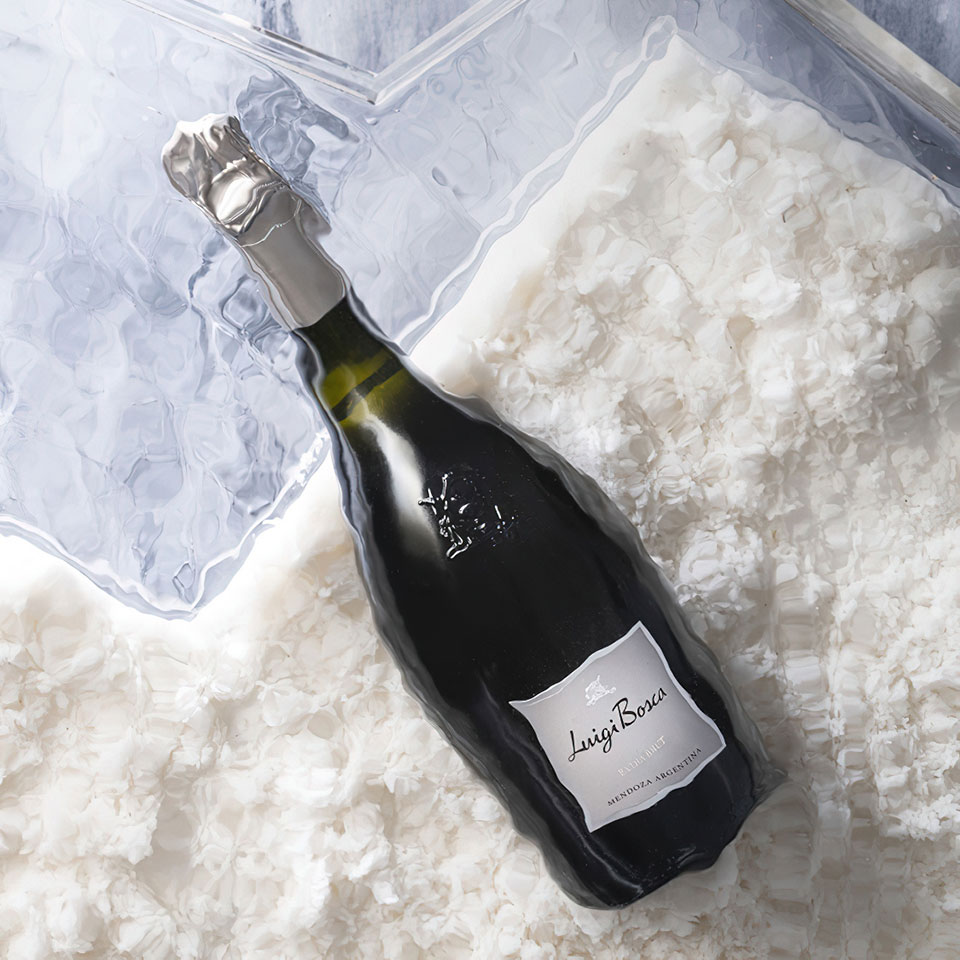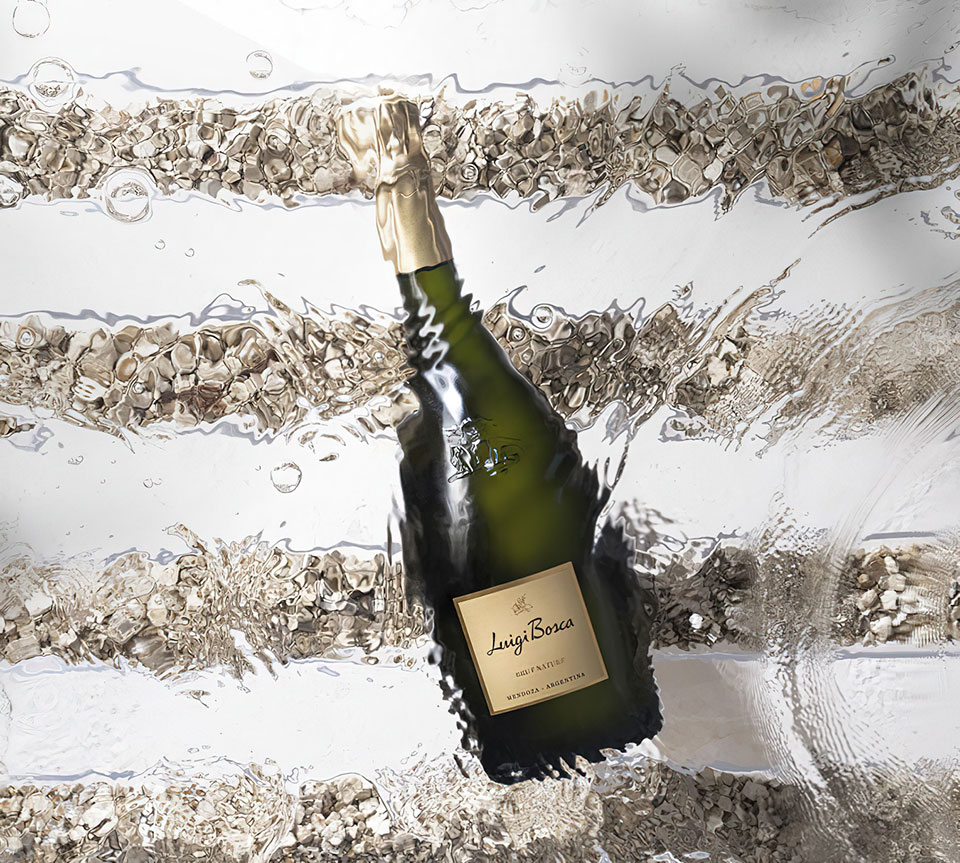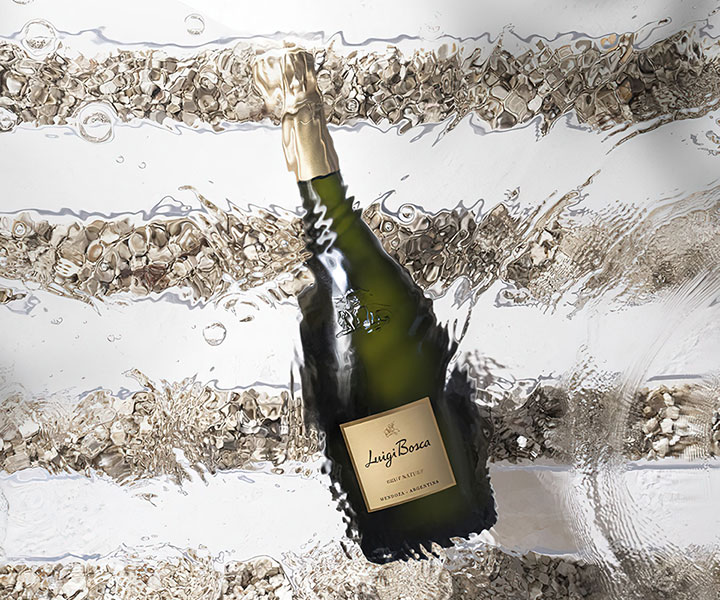Thanks to their freshness and versatility, sparklings are becoming an increasingly popular choice to pair meals throughout the year. However, not every wine consumer knows how to differentiate them in function of one of the most crucial aspects for their character: the winemaking method.
Different procedures are carried out to give rise to the second fermentation and its consequent bubbles in a base wine across the globe; nonetheless, the most widely used are two: Charmat and Champenoise. Even though both methods share part of the winemaking process, these differ in terms of the recipient used to perform the second fermentation, thus obtaining very different styles of sparkling wines.
Under the Champenoise or traditional method, used to make the great French champagnes, the second fermentation takes place inside crown cap bottles, closed and horizontally arranged in the wine cellar. This way, sparkling wines spend several months in contact with their yeast. On the other hand, under the Charmat method, the wine goes through its second fermentation in tanks completely hermetically sealed, prepared to withstand the pressure generated by carbon dioxide.

However, not every wine consumer knows how to differentiate them in function of one of the most crucial aspects for their character: the winemaking method.

The winemaking method defines the sparkling style obtained; thus, by tasting a sparkling wine, we also learn about how it was made. In the case of the Champenoise –the Champagne method–, wines are more unctuous, complex and elegant. Its fermentation on lees gives rise to secondary aromas, such as brioche, fudge, toasted bread, vanilla, white chocolate and coffee.
In the case of sparkling wines made under the Charmat method, given that gas-tight tanks lack oxygenation, and the area of contact between the wine and yeasts is smaller, it is easier to preserve the freshness and fruit character of the base wine. This type of sparkling wine tends to keep its citric, fruity and floral notes, and is usually lighter than traditional wines.
In view of their aromatic complexity and creaminess in the mouth, the wines made through the Champenoise method is a great accompaniment to dishes of well-defined flavours, such as au gratin oysters, grilled prawn or mushroom green risotto. Conversely, given their lighter and fresher nature, the products made under the Charmat method are more suitable to drink as aperitif or pair dishes in which freshness prevail, such as sushi and ceviche.
Luigi Bosca sparkling wines are made under the traditional method from the Champagne, Pinot Noir and Chardonnay varieties, harvested in vineyards over 25 years old planted in Lujan de Cuyo and the Uco Valley. While the Luigi Bosca Bohéme Brut Nature remains in contact with its lees for two years, for the purposes of providing the wine with creaminess and aromatic complexity, Luigi Bosca Brut Nature and Luigi Bosca Extra Brut do so for just 18 months. This is a line made up of elegant sparkling wines, conceived to celebrate special occasions.
Five tips to enjoy a sparkling wine
1. Temperature: Younger sparklings should be served at a temperature between 6-8 °C, while the recommended temperature for older ones is 10 °C since, although the colder the wine, the fresher, these will also be less expressive.
2. Category: All sparklings –regardless the winemaking method– are divided into different categories according to the amount of sugar contained: Nature, Brut Nature, Extra Brut, Brut, Demi Sec and Dulce (sweet). Whereas the Nature wines have less than 3 grams of sugar per litre, Dulces contain over 40 grams.
3. Service: Ice buckets are the perfect ally to cool the sparkling wine and keep it on the table, at the proper temperature.
4. Pairing: There is no need to wait for a special occasion to drink a sparkling wine, as this is a versatile beverage that goes perfectly with both simple dishes, such as salads or sandwiches, and more complex and well-defined flavours, such as that of oysters.
5. Quality: A top-quality sparkling wine is characterized for its fine effervescence, small and steady bubbles, in addition to its persistent foam.



